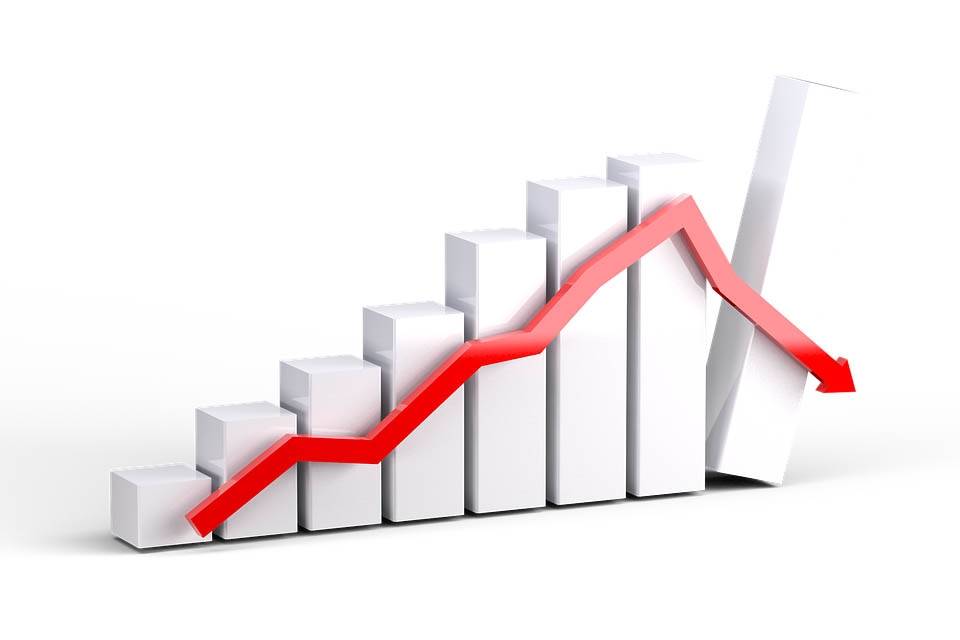This is all the more the case because renewable stocks are underperforming. The S&P500 Clean Energy Index has declined by 12% so far in 2022, compared with a 20 per cent gain in the S&P Global Energy Index, Wood said…reports Sanjeev Sharma
The change in the global equity market leadership looks ever more pronounced in terms of the shift from growth to value stocks, Jefferies analyst Christopher Wood said.
Value stocks have now outperformed growth stocks by 16.1 per cent since mid-November as per the MSCI index, he said in his commentary, Greed and Fear.
Overall, the current situation can best be summarised as the inverse of Goldilocks. It also continues to look ever more the case that the FANG stocks peaked as a percentage of S&P500 market cap back in the summer of 2020, Wood said.
In this respect, the rotation out of growth stocks will probably not be completed until the leaders of the bull market (i.e. the FANG stocks) succumb in a more decisive fashion.
The 2000 Nasdaq rout could be a useful precedent here since the dotcoms collapsed first with the Nasdaq Composite turning down from March 2000. But it took another six months before the S&P500 started to decline, Wood said.
Meanwhile, the continuing strength of energy stocks this year must be a growing concern to ESG funds, which by now means most funds since they are missing out on performance.
This is all the more the case because renewable stocks are underperforming. The S&P500 Clean Energy Index has declined by 12% so far in 2022, compared with a 20 per cent gain in the S&P Global Energy Index, Wood said.
This is part of an evolving pattern where last year’s winners are this year’s losers and vice versa, though in the case of oil stocks they also performed last year. But then at the bottom in 2020 when, remember, the WTI Crude oil price turned negative on April 20, 2020, the energy sector subsequently shrunk to an all-time low as a percentage of S&P500 market cap in early November 2020. The energy sector’s share of S&P500 market cap declined from 4.2 per cent at the start of 2020 to a record low of 1.8 per cent on November 6, 2020 and has since risen to 3.5 per cent.
Global oil demand over the past 15 years has been revised up by about 2.9 billion barrels. This is the biggest-ever upward revision in demand and has certainly not received the publicity it merits. The revisions are primarily due to reassessments of consumption in Saudi Arabia and China.
The results are startling and confirm what GREED & fear has long been told by bullish oil experts: namely that is in recent years consistently underestimated oil demand, most particularly in developing countries.
ALSO READ-Vedanta officiates India Taiwan marriage
